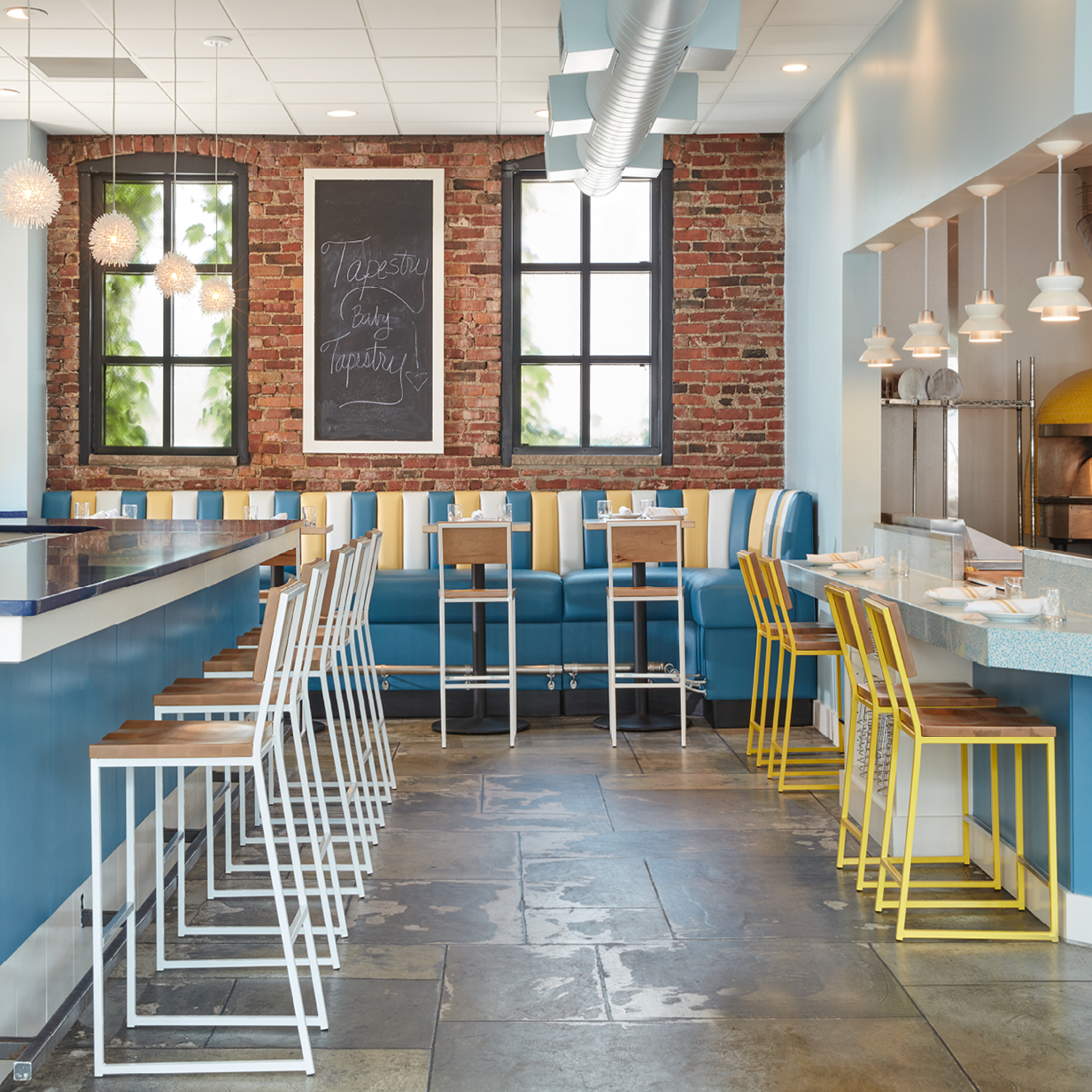Plexi glass screens, servers with face masks, disposable cutlery, full-body sanitization... is this the new norm for restaurants?
Since Covid-19 became a pandemic in the US and worldwide, the hospitality industry has been hit the hardest by the novel virus. Specifically, since early April, the restaurant industry has lost an estimated $80 billion, millions of industry workers are unemployed, 3% of all restaurants have closed permanently, and experts fear it may only get worse.
As pressure intensifies to restore the economy, many cities and states have eased up on restrictions, allowing places like hair salons, bowling alleys, and restaurants to open. So, as restrictions ease, you (like us) may be wondering: what will restaurants look like post covid-19?
It depends on the market, local and state regulations, and community consensus. And without clear and specific guidelines from the CDC (which were released yesterday and still leave room for interpretation), restaurants and communities are left to create their own standards.
From coast to coast, it's a patchwork of policies where no two chains or city laws are alike. Which is why we’ve spent the last few weeks tracking and summarizing what the key players in the restaurant industry will do. You’ll find that it’s not a one-size-fits-all approach, but it may give us a better understanding of what to expect for the rest of the year and potentially beyond.
CHAINS
McDonald’s
In the 59-page guide given to their franchisees, major modifications to the dining rooms include the closure of self-service beverage bar; clean and sanitize tables, touch screens, and bathrooms every 30 minutes; close off some tables and chairs for social distancing; and discontinue the table service program (available in select cities). Expect to see all McDonald’s employees in face masks and gloves. At this time, only 100 franchises have opened their dining rooms around the country.
Chipotle
With record digital sales during the coronavirus crisis, Chipotle seems to be in no rush to open their dining rooms. According to a letter from CEO Brian Niccol addressed to consumers and employees on May 8, reopening plans will be done on a cautious, case-by-case basis. “We’re going to take steady, careful steps informed by local governments and public health officials to reopen our restaurant dining rooms. There is no official timeline that we can share at the moment,” said Niccol.
Starbucks
By June 1, Starbucks will reopen 85%-90% of its US locations. These locations will continue to offer drive-thru and curbside pick-up orders.
Waffle House
Fun fact: Due to incredible preparedness of the breakfast chain, the number of Waffle House closures is a metric used by FEMA to gauge the damage of natural disasters. It’s called the Waffle House Index. During corona, Waffle House closed 21% of its locations--which indicates just how devastating this virus is.
On April 24, Waffle House CEO Walk Ehmer said it would open its doors in Georgia as early as Monday, April 27. Ehmer also noted that employees will wear masks, stores will increase sanitization, and screening protocols will be established.
Buffalo Wild Wings
Buffalo Wild Wings has reopened some its dining rooms where the state and local laws allow. For the dining rooms that are opened, expect to see fewer tables and chairs and single-use menus and utensils.
As of May 11, Buffalo Wild Wings recently opened Buffalo Wild Wings GO, a new facility that caters to the “to-go” and takeout concept. This new facility features contactless service, using walk-up counters, digital menu boards, fewer seats, and televisions for guests to enjoy while waiting for their orders. With dining rooms diminishing in use, could this be the future of casual dining chains?
P.F. Changs
Known for their expansive dining rooms, P.F. Changs is also testing their “to-go” concept, too. P.F. will focus on a combination of delivery, catering, and carryout.
COUNTIES, STATES, COUNTRIES
USA
As of Monday, May 18, 34 states have allowed restaurants to open their dine-in areas in some capacity. The majority of said states will use the following guidelines:
- Dining rooms can be filled at a capacity of 25%-50%
- Increased sanitization and cleaning
- Tables and chairs will be set 6 feet apart
Some states and cities are taking more drastic or creative measures. These include:
- Connecticut, New Hampshire, West Virginia, and Rhode Island are allowing outdoor dining only at limited capacity.
- Cincinnati, Ohio, is allowing outdoor dining only and will close 25% of their city streets to allow restaurants to seat diners outside.
- Georgia, one of the first states to ease dine-in restrictions, is allowing 10 diners per 500-hundred square feet and a six-person party limit.
- California, a state with one of the longest and stringent stay-at-home-orders, does not have any state restrictions for dine-in facilities. The state is focusing on physical distancing within restaurants.
China
According to nrn.com, all diners are required to have their temperatures taken before entering restaurants as well as wearing a face covering before entering a restaurant. China has also dabbled with glass and plastic dividers between tables. On a more drastic note, one restaurant is using a full-body sanitization machine.
Europe
After a 10-week shutdown, Italy has reopened its bars, restaurants, churches, and markets. France, Greece, Belgium have also eased restrictions for public facilities.
RESTAURANTS ARE OPEN. WILL YOU GO OUT TO EAT?
This brings us to the next logical question: with safeguards and extra precautions in place, do you feel safe going out to eat? Share your thoughts below.
